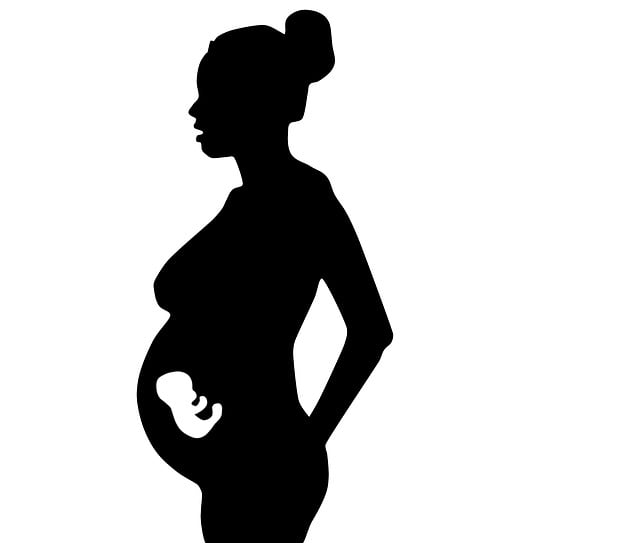When I first cradled my daughter in my arms, gazing into her bright blue eyes, I was overwhelmed with love and hope. I envisioned her laughter, her future dance recitals, and even the wedding dress she might choose someday. The dreams of mother-daughter bonding filled my heart. Fast forward three years, and those dreams felt overshadowed by the harsh reality of multiple daycare expulsions, social isolation, and financial as well as emotional exhaustion.
It’s been a few months since we received the diagnosis of autism and ADHD for my daughter, and reflecting on this journey, I’ve identified five emotional stages that parents typically navigate after receiving such news.
1. Denial
This initial stage is a natural response to any significant life change. As I observed my daughter’s unique behaviors, I found myself questioning the diagnosis, making excuses: “She’s just tired,” or “She’s hungry.” I defended her development, recalling how she walked at ten months, spoke in sentences before age two, and made eye contact most of the time. How could she possibly have autism, ADHD, or sensory processing disorder? My reality clashed with the labels, and I found myself believing that the problem lay not with my daughter but with the doctors who diagnosed her.
2. Disbelief
This stage is distinct from denial and often backed by research, where we search for environmental explanations—diet, allergies, even astrology—to rationalize our child’s behavior. I blamed myself for not engaging in enough playtime or for allowing too much screen time. There were moments when I thought, “Could the TV be the culprit?” Friends and family minimized my concerns, insisting that all children act out. Yet, I couldn’t shake the knowledge that not every child faced the same challenges.
3. Dissection
Gradually, I shifted from denial and disbelief to dissecting every symptom. I found myself questioning the doctor’s assessments and looking for alternative explanations. “Maybe she’s just spirited,” I mused, after all, I thought girls don’t get these diagnoses as often as boys do. I recalled the doctor’s comments on her eye contact and began to second-guess everything, convinced that her quirks were not indicative of a disorder but merely a reflection of her personality.
4. Acceptance
Eventually, the weight of reality settled in. After hearing harsh comments from others about my daughter’s behavior and witnessing her struggles at daycare, it became clear that we needed to accept the diagnosis. This marked a transition toward advocacy—seeking evaluations from specialists, arranging therapies, and considering educational plans. We began to understand our child’s needs were different from the expectations we had set, and that was okay.
5. Loneliness
This final phase can be the hardest. Conversations with friends and family often revolved around therapies, progress, and research to the point where I sensed their disinterest. The social circles that once felt vibrant began to shrink. Friends who used to gather for wine nights started to exclude us, possibly uncomfortable with our new reality. Some family members dismissed the diagnosis entirely, leaving me feeling isolated. However, I discovered online support groups where I connected with other parents navigating similar challenges, providing a lifeline of understanding.
Navigating a diagnosis for your child is undoubtedly challenging, fraught with emotional turmoil and societal misunderstandings. For those who don’t have a special needs child, it’s vital to recognize the emotional journey we undertake in accepting our children’s diagnoses. All we truly desire is to raise compassionate individuals. Supporting us and teaching your children about acceptance can profoundly impact our lives.
For further insights on parenting, consider checking out this resource to expand your knowledge. Additionally, if you’re looking for information on artificial insemination, you can explore this link. If you want to understand the complexities of pregnancy and home insemination better, WebMD has an excellent resource.
In summary, receiving an autism or ADHD diagnosis for your child is a journey through denial, disbelief, dissection, acceptance, and ultimately, loneliness. Yet, through advocacy and the support of like-minded individuals, it is possible to find strength and understanding in this challenging path.
